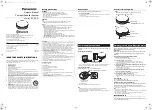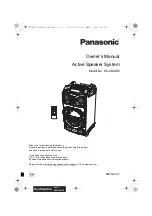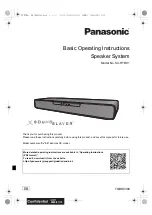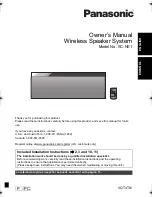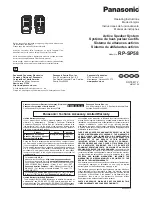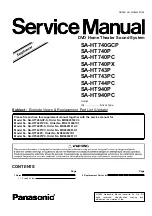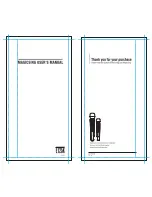
511
Thermo G
5 Troubleshooting
5.5
Individual component tests
Individual components can basically be tested using
visual inspection or manual electrical testing.
The general safety regulations according to Chapter 1
must be observed.
ATTENTION:
Prior to disconnecting the temperature sensor plug
connection, disconnect the heater from the vehicle
electrical system.
5.5.1 General visual inspection
1. Inspect components for damages (cracks, deforma-
tion, leaks, discolourations, etc.) and replace as
needed.
2. Inspect plugs and cables for corrosion, contact and
crimp errors and repair as needed.
3. Check plug contacts for corrosion and tight fit. Repair
as needed.
5.5.2 Heat exchanger visual inspection
1. Inspect heat exchanger interior for damage, corro-
sion, sooting and deposits.
2. Inspect heat exchanger for outer damage, corrosion,
moisture, deformations, deposits, discolourations,
etc.
ATTENTION:
Soot and deposits in the heat exchanger must be
removed, as they impact the heat transfer to the
coolant.
Severe outer deformations may impact coolant flow.
5.5.3 Visual inspection of exhaust outlet and
exhaust line
Inspect exhaust outlet and possibly available exhaust line
for conditions, tight fit, contamination and deposits.
5.5.4 Combustion chamber visual inspection
1. Remove combustion chamber (see 8.10).
2. Check combustion chamber for scaling and coke
deposits and remove them if necessary.
3. Inspect combustion chamber for deformation and
moisture.
4. Inspect combustion chamber for cracks.
NOTE:
Cracks in longitudinal direction at the end of the welding
seam shorter than 80 mm are permissible.
5. After the inspection is completed, reinstall the com-
bustion chamber (see 8.10).
5.5.5 Resistance check of the temperature
sensor with integrated overheat
protection
Prior to removing the temperature sensor, the over-
pressure in the cooling system must be released (i.e.
by opening the radiator cap). Observe the risk of inju-
ries due to increased coolant temperature. Possibly
let heater additionally cool down and have collecting
container ready for discharged coolant.
Inspection
1. Inspect temperature sensor, plug and cable for
damage and proper fit.
2. Remove temperature sensor (see 8.2).
3. Perform the electrical test using a measuring device
suitable for resistance measurements.
The electrical resistance between pin 1 and pin 3 (see
Fig. 502) is at 0°C 500 Ohm, between pin 2 and pin 3
2000 Ohm. Both resistances change depending on
temperature. The ratio should be at tempered through
sensor 1:4.
4. Install temperature sensor (see 8.2).
Danger to life and health!
Warning!
Fig. 501
Risk of scalds!
Caution!































